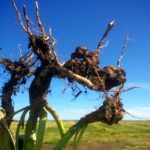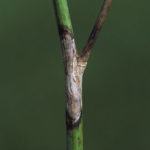
Tag Archives Canola Council of Canada

CanoLAB workshop makes Dauphin debut
There was a broad cross-section of canola issues and topics at a recent CanoLAB workshop

Clubroot a Manitoba reality
The disease is present but still at low levels, according to a provincial survey

So you’ve got clubroot. Now what?
Farming effectively with clubroot while minimizing the risk of spread

Canola’s biological future still bright
The crop has been a major beneficiary of good science, something researchers hope will continue as they warn of sustainability challenges

Canola worth $26.7 billion, economic impact study shows
Total economic impact rising dramatically, independent analysis shows

Sclerotinia biggest issue for Manitoba canola growers in 2016
The annual disease survey found this perennial challenge is still the biggest issue for farmers

Keeping an eye on new canola diseases
Clubroot and verticillium stripe are two growing risks for canola growers

Happy anniversary, Canada — and canola!
This is a year to celebrate our own ‘Made in Canada’ crop

Warm weather enables significant canola progress
Much of the late harvest is coming off quite wet, making storage the next big challenge

Canola Discovery Forum focuses on short-, long-term research
It gets new agronomic information to farmers faster and exposes researchers to the questions farmers want answered


